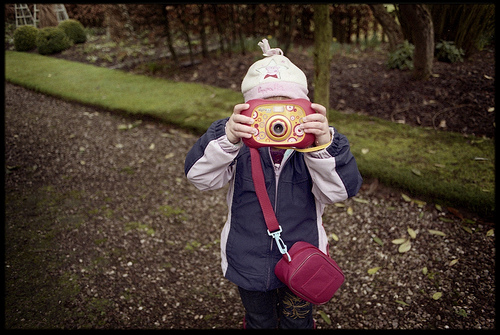Writers often talk (and write) of the spectre the blank page invokes. The blinking cursor, the pen filled with ink… We say it fills us with terror. In truth we know that once we write there’s nothing to be fearful of; if we write we’ll eventually get to the point of having written. Despite its strength, the terror of the blank page is mercifully brief. Add the task of providing photos however, and for many writers the terror can multiply. Of course in the new media galaxy, we’re all hooked-in multi-media type folks. We know that we have to be able to operate across platforms. Sure, I can use a digital camera. Compared to my film-based days these gadgets are a breeze! They manage light well, they allow more room for error and I can see the results as I take them. But I realised recently that despite my photography training (some time ago I admit), when I head out to take photos of people I get anxious. I know not to panic, but actually, I think I do. I find the whole thing awkward (probably because I don’t like being photographed myself). I often flee the scene the moment I know I have one good photo and then feel regret for having limited my options.
‘By taking more shots on the day, you can increase your odds of getting a good one. Plus if you mix up the angles and poses, you’ll give yourself more material to choose from later,’ says Steven Pam of Smartshots. Pam’s taken hundreds of photos of people in his photography business and has the process down to a fine art. He says one of the keys to good photos of people is in managing expectations. ‘It’s like a doctor with a good bedside manner – they make sure to tell you what they’re doing as they go along,’ he says. Explain that the vase in the background is distracting and then move it. Take the time to set up your shots and tell your subjects that you both need to work on the shots together. ‘Encourage them to feel that it’s a collaboration,’ he says.
Both you and your subjects should allow 30 to 40 minutes for a shoot (we were talking about photos to go with a profile in this instance). ‘Tell them it might take a while but it’s better for both of you,’ he says. Help your subjects understand why you’ll be taking so long and why you’re taking so many photos. Explain that in many of them their eyes may be looking in the wrong direction or blinking or you might just press the shutter at the wrong time. Pam says it might be worth explaining that you’re a writer first and foremost. This could help to relax you and your subject, giving you the mental space to focus on the shots. ‘There’s a temptation to act like a big pro, but a bit of humility can actually help to break the ice,’ Pam says.
Pam asks his subjects to tell him if there’s something they’re particularly worried about showing in a shot. And when people voice a concern he’ll do his best to reassure them by committing not to include it (ie if people don’t like their teeth he won’t coax them into a giant smile). He’ll also explain how something (like an unloved scar) could be removed or de-emphasised in postproduction. (Although, that’s not always an option for those of us who are submitting raw files. It’s worth discussing this possibility with your publication’s Art Director before your shoot).
In the same way that writers take time to plan the structure and flow of their work, Pam takes time to set up his shots. ‘Move the crap out of the background,’ he says and use your first ten to 20 frames in each set-up for tests. Make sure your subject knows that you’re doing this (so that they can relax). Once you’re both comfortable, getting some good photographs will be much easier.
Take lots of photos too. In the scenarios that I describe (photos to accompany a story) Pam suggests at least 12 to 25 shots for each photo you need. Take plenty of each set up and take plenty of different set ups. Practise will always help (with friends is OK, but with strangers is probably better). Give yourself opportunities for this by joining a local photography group (on a site like meetup.com).
Writers, Pam notes, have to churn out ideas, ‘That’s a bit like take more pictures,’ he says.


